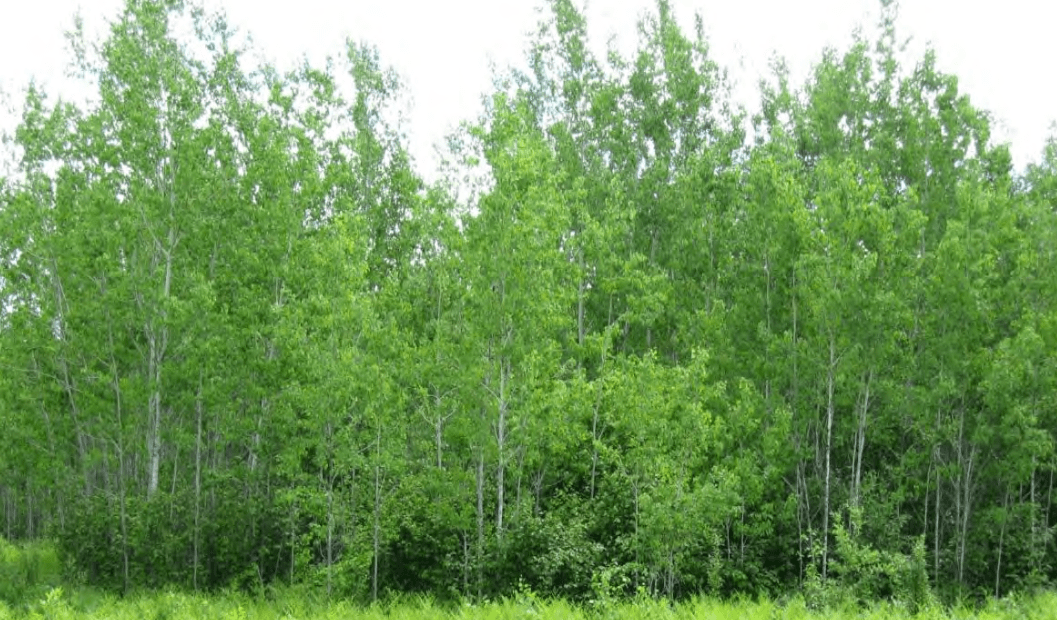
The Superior National Forest is proposing to use fire and logging to create the kinds of forest that northeast Minnesota’s imperiled moose need to survive. A series of projects starting this spring and summer are intended to promote the types of young forest that provide food for moose — and habitat for snowshoe hares and birds.
Because those types of forest historically emerged after wildfires, the Forest Service is attempting to replicate natural processes.
The ShokoShoe project would include numerous activities in areas north and east of the Gunflint Trail. There are only 68 acres of young forest with plentiful browsing material, due to the lack of fire and other disturbance.
“The ShokoShoe Project Area is located within Minnesota’s primary moose range,” the agency says. “Aerial surveys and historical observations have identified the ShokoShoe Project Area as having high moose density numbers, although the density is moderate in much of the eastern portion of the project area.”
The project would include clear cutting on 1,408 acres, prescribed fires on more than 1,900 acres, as well as other mechanical methods, planting and seeding, and more. In total, the project will affect nearly 5,000 acres.
Clear cutting is seen by some moose researchers as necessary to improve the animal’s habitat, and to increase the likelihood the species will survive in northern Minnesota.
“Not every place is suitable for clear cutting. You don’t do it on steep slopes, you don’t do it right up to lakes or rivers. … But if you want moose to return to the landscape up there, we need big patches, big openings for young forest to grow,” Mike Schrage, wildlife biologist for the Fond du Lac Band of Lake Superior Chippewa, told the Duluth News Tribune. “Moose came because that area burned on a regular basis. If we aren’t going to let those big fires burn we need to mimic (fire) as close as we can.”
In fact, the larger the clear cut, the better for moose. Schrage also said that small forest openings are preferred by whitetail deer, which can hurt moose health in several ways. Schrage said he is pushing for 1,000-acre clearings.
Comments on the plan are due by May 1. They can be submitted to the Gunflint District Ranger atrbartol@fs.fed.us or Gunflint Ranger District, 2020 W. Highway 61 , Grand Marais, MN, 55604.
Download the Environmental Assessment (PDF, 1 MB). More information about the plan is available here. An interactive map of the projects is available at this link.

